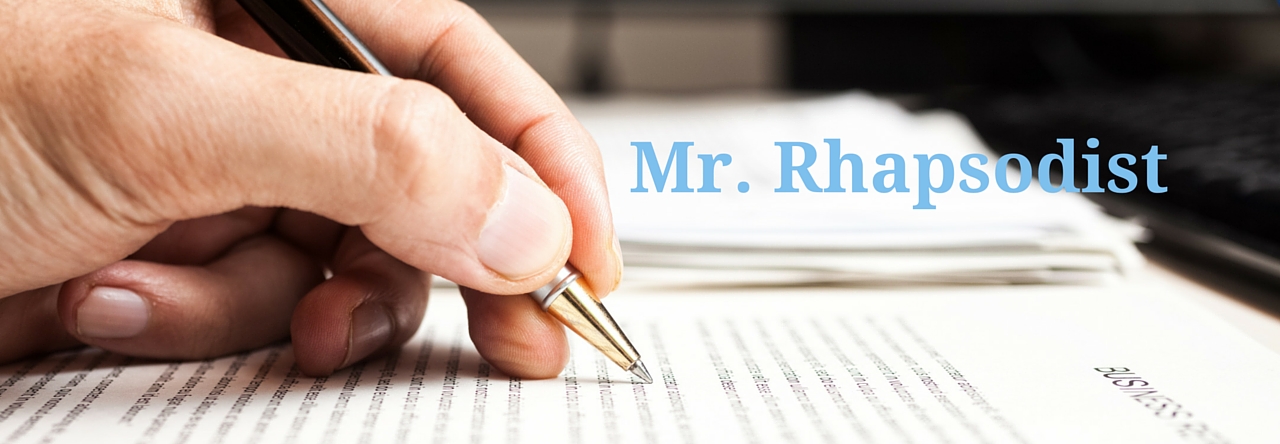The monomyth, or Hero’s Journey (courtesy of Joseph Campbell), is well-known in most circles of storytelling. Somewhere in any mythic land or distant galaxy, a young man or woman must leave the comforts of home, take a perilous journey with enigmatic companions against an extraordinary enemy, find romance and a few deeper truths about life, defeat the monster or tyrant plaguing the land, and restore some semblance of peace and justice for the good of one’s people. And this motif can be seen almost anywhere: Luke Skywalker becoming a Jedi Knight. Harry Potter becoming the great wizard of his day. Frodo Baggins carrying a simple golden ring into the fires of Mount Doom. The list goes on and on.
As instinctively appealing and pervasive as this motif is, the Hero’s Journey does not work for all narratives. Some have argued that it has a strong male overtone, or an aristocratic bias, or a Messiah complex, or so on and so forth. So I wonder if it’s possible to have a monomyth that goes beyond such lines?
At the risk of coming off as pretentious or self-aggrandizing, I’ve tried to look objectively at my own stories (those that have been written and those that are merely outlined) to discover what sort of a “journey” is apparent in them. I call it “The Road to the Otherworld.”
The “Otherworld” is not literally some other world, but rather a term for the world beyond the “normal” one. Within the “Otherworld” lies all those things that we dream about, like secret agents pursuing terrorists, or dragons and elves, or swashbuckling pirates and gallant knights on horseback. Yet sometimes those imaginative and exotic realms collide with our seemingly “complete” world, and it is from there that the Adventure begins.
Here follows an outline of The Road to the Otherworld:
- Invitation to the Otherworld: The hero is offered a glimpse into a new and more exciting parallel to his present-day conditions.
- The Reluctant Departure: The hero questions leaving his comfortable existence for a more exciting–albeit dangerous–way of life.
- The Struggle to Adapt: The hero must endure and overcome the challenges he faces in the Otherworld.
- Romantic Allure: The hero develops a romantic relationship with another character, which cements his place in the Otherworld.
- Confronting the Monster: The hero must confront the villain that threatens the Otherworld, as well as his own inner demons.
- The Moment of Decision: The hero is faced with the decision to either surrender his duties and enjoy a sensible life, or stay with his allies and risk everything for an ideal.
- The Final Crisis: The hero and his allies mount a final assault against the villain(s), putting everything on the line to ensure their defeat.
- Achieving Selfhood: The hero has come to realize his true calling and balances his own needs with the needs of his friends and/or his cause.
- Continuity of Life and Adventure: The hero and his friends continue to live on their own terms and face many more challenges along the way.
These are the points that seem to resonate within my tales, and hopefully, they will resonate with all you dear readers as well.
This is the Scriptorium, signing off!

that’s nice little post. very serling-esque.
there is no argument that life is a journey. whether it’s one of a hero is up to fiction, myth (legend), or historians.
to me, the heroic effort is to stay on the path chosen; affect those who you intersect; and be true to your chosen credo.
we all can be heroes, if just for one day or…..
LikeLike